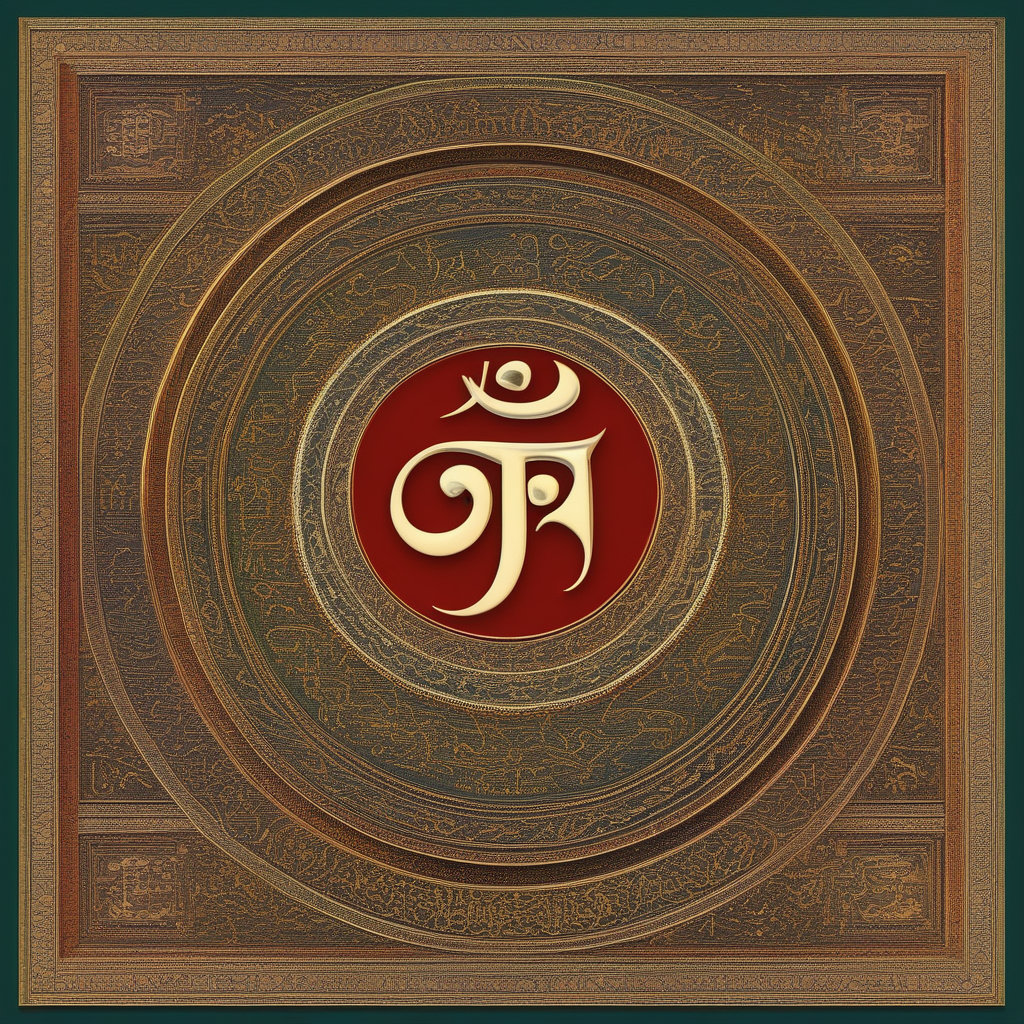Dardic is a language group belonging to the Indo-Aryan language family, which is part of the larger Indo-European language family. It is primarily spoken in the Dardistan region, located in the western Himalayas of India, Pakistan, and Afghanistan. The term “Dardic” was coined by George Abraham Grierson, a British linguist, to describe a group of languages that share similar linguistic features and cultural traits.
The Dardic languages are known for their unique phonological and grammatical characteristics. They typically have a rich inventory of consonants, including retroflexes, voiced aspirates, and ejectives. Vowel systems in Dardic languages are diverse, ranging from simple to complex, with some languages having as many as nine vowel qualities. The grammatical structure of Dardic languages is characterized by an inflectional system, with nouns marked for case, number, and gender, and verbs marked for tense, aspect, mood, and agreement.
Despite being part of the Indo-Aryan language family, Dardic languages have retained certain archaic features that distinguish them from other Indo-Aryan languages. These include a higher proportion of retroflex consonants, preservation of original diphthongs, and preservation of the old Indo-Aryan vowel /e/. In addition, Dardic languages have also borrowed vocabulary from neighboring Tibeto-Burman and Iranian languages, reflecting their historical contact and cultural exchange.
Dardic languages are primarily spoken by various ethnic groups residing in the Dardistan region. Some of the major Dardic languages include Kashmiri, Shina, Khowar, and Kalasha. Each language has its own dialects and variations, reflecting the diversity within the Dardic language group. Despite facing challenges from dominant languages in the region, Dardic languages continue to be spoken and play an important role in maintaining cultural identity and heritage in the Himalayan region.
